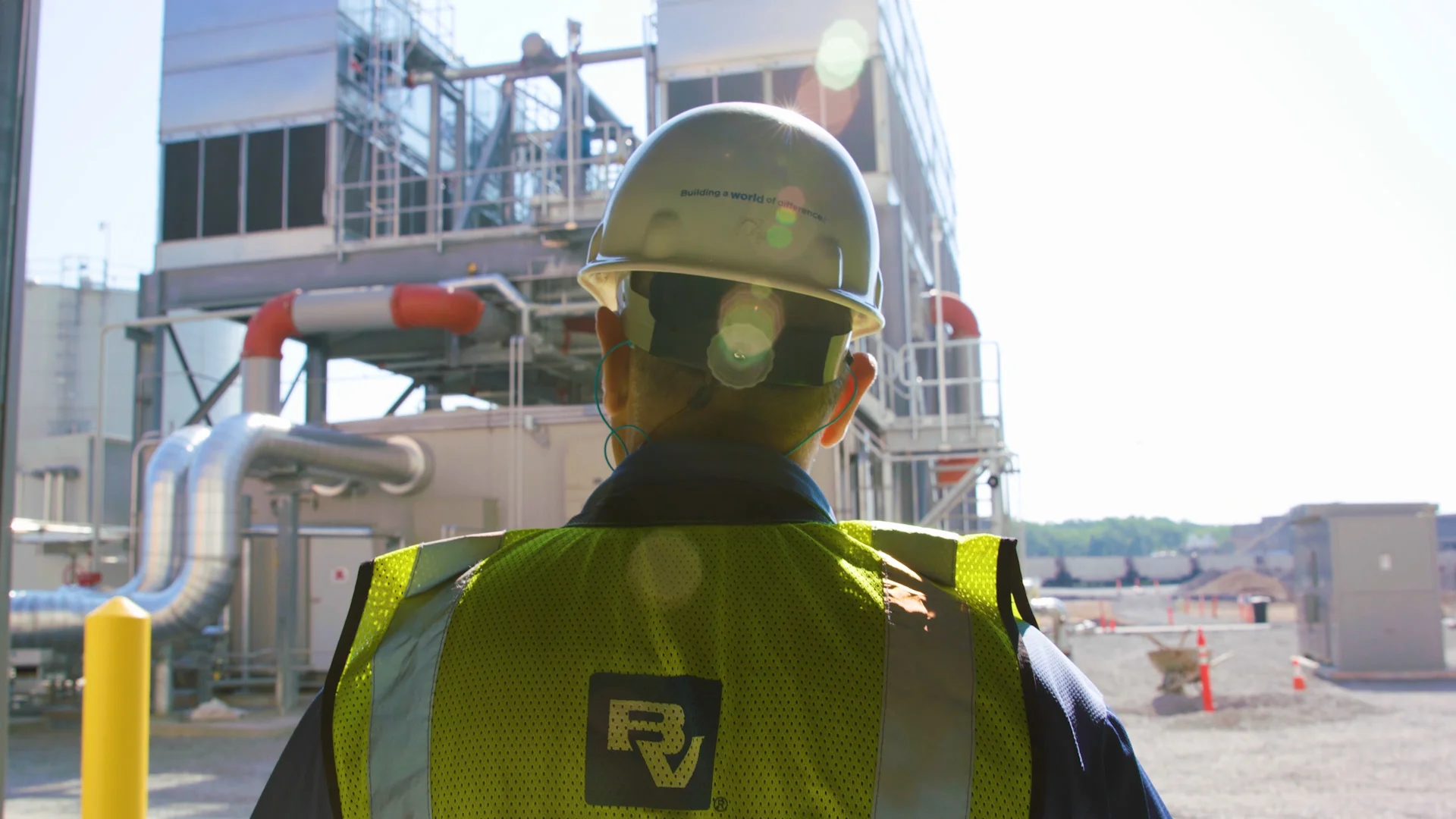Prepared Phoenix Pumps Up Its Resilience

- Project Name
- Zone 3D & 4A Improvements Program Water Transmission Main Project – Segment 1 Pipeline
- Location
- Phoenix, Arizona, United States
- Client
- City of Phoenix
Northern Phoenix has relied almost exclusively on water from the Colorado River, which faces threats from prolonged drought, climate change, and increasing demand for its supply. To promote water supply resilience, the city of Phoenix developed a 5-mile-long, 66-inch diameter transmission main as part of its Drought Pipeline Project, overcoming intricate design, alignment, and construction challenges. The project established an alternate way to deliver water from a different source fortifying supply reliability.
Water from the Colorado River is the primary source-water for northern Phoenix. With historic drought in the U.S. southwest, Phoenix and others foresaw and planned for Colorado River water allocation reductions. The city secured additional surface water supply sources in the Salt River watershed and built the Drought Pipeline Project (DPP) system to shift these less restricted supplies to serve areas impacted by the Colorado River reductions.
The DPP System, including the Segment 1 Pipeline, came online as planned, overcoming alignment, and construction challenges. The DPP transmission infrastructure delivers up to 60 million gallons of water a day as needed to more than 400,000 Phoenix residents and businesses including a major semiconductor chip manufacturer.
Expertly coordinated under a Construction Manager at Risk (CMAR) with Black & Veatch as the city’s engineer, the pipeline is a critical link in the community’s supply. It provides redundancy and strengthens the city’s resilience by further diversifying access to its water supply sources.


Phoenix has a history of successful planning for climate change, growth, and diversifying its sources to meet the city’s water needs.
The city’s sources include surface water from the Colorado River via the Central Arizona Project (CAP) and the Salt and Verde rivers via the Salt River Project (SRP) as well as groundwater pumped from wells and reclaimed water. A study completed in 2017 of the city’s potable water system evaluated the impact of extended drought conditions and potential reductions to Arizona’s allocation of Colorado River water. The study included hydraulic modeling simulations and considered increased water demands based on Phoenix’s growth projections. It showed that restrictions or an outage involving the CAP would mean a critical supply shortfall at two water treatment plants serving residents in north Phoenix.
Based on the study’s findings and recommendations, the city implemented the DPP system, establishing a series of projects to ensure treated water from the SRP watershed can be reliably delivered to areas normally supplied by Colorado River during periods of water allocation cuts and system disruptions.
The DPP includes a 9-mile-long, 66-inch diameter welded steel pipe (WSP) and 60 million-gallons-a-day (MGD) booster pumping station. Black & Veatch and Kiewit as the project’s CMAR entity, collaborated with Phoenix Water Services Department to develop Segment 1 of the pipeline.
The 5-mile-long Segment 1 faced an array of challenges. It needed to pass through sensitive areas including neighborhoods resistant to the project’s construction and the Phoenix Mountain Preserve, a 37,000-acre protected wilderness with highly used parks, trails, and other amenities. It needed to pass by two schools, a dam and under a major highway. Implemented during the COVID-19 pandemic, it faced major supply chain issues. Tackling these intricacies, the team found ways to reduce risks in the pipeline’s conceptual design, shape a community-friendly final alignment, and apply the most effective construction methods.
Design Evaluation – Reducing Risks
Provided structural and geotechnical analyses and modified the pipeline’s alignment for constructability and safety purposes at the convergence of an equestrian trail corridor with a freeway sound wall, neighborhood, and water, stormwater, gas, and telecommunications utilities.
Developed a unified coordinate system to ensure the accuracy of three design/construction contracts involving the connection between the pipeline and booster pumping station.
Developed a procurement and installation solution for an isolation valve at a critical interconnection between the Segment 1 system and an existing water transmission line, resolving a COVID 19-caused supply chain delay.
Alignment Improvement – Promoting Efficiency, Safety, Public Support
Identified an opportunity to use an existing alignment for the new Segment 1 pipe, coordinated temporary construction easements, and engaged in outreach activities with a school and neighborhood to implement the project more quickly and safely.
Identified and established an easement for a corridor in the preserve that allowed emergency access during construction and eliminated a large tunnel section from the project scope.
Construction Methods – Minimizing Disruptions
Evaluated wash crossings from a risk, cost, and constructability perspective to determine the best construction method, whether open cut or trenchless.
Implemented solutions at crossings to mitigate flood risks during and after construction and minimize vehicular and pedestrian traffic impacts.
Minimized construction impacts in the preserve including to a dam, enabled a wider construction area for greater productivity, and provided upgrades to the preserve’s visitor center and bike and hiking paths.
The result of years of planning, collaboration, and execution among multiple stakeholders, the $280 million new infrastructure is critical as the Colorado River continues to face shortages. The DPP Segment 1 inspires confidence that Phoenix will continue to stay ahead of the challenge to deliver a resilient, reliable water supply for its residents.
Contact Us
Looking for a partner in innovation?
Let's Talk
